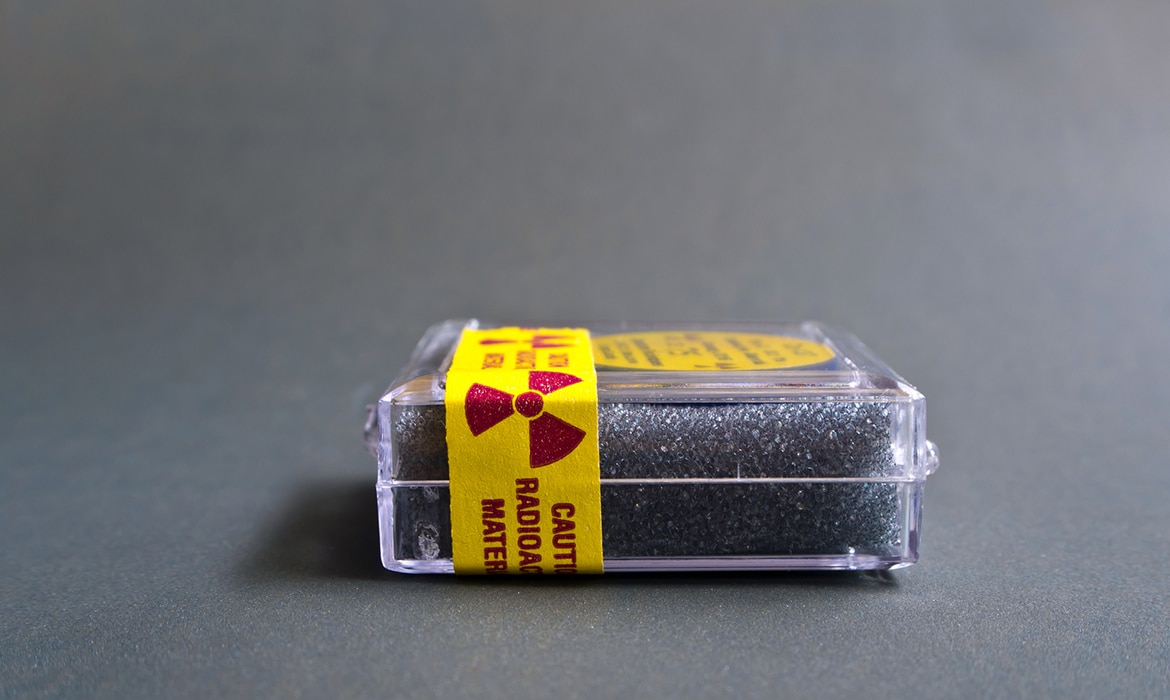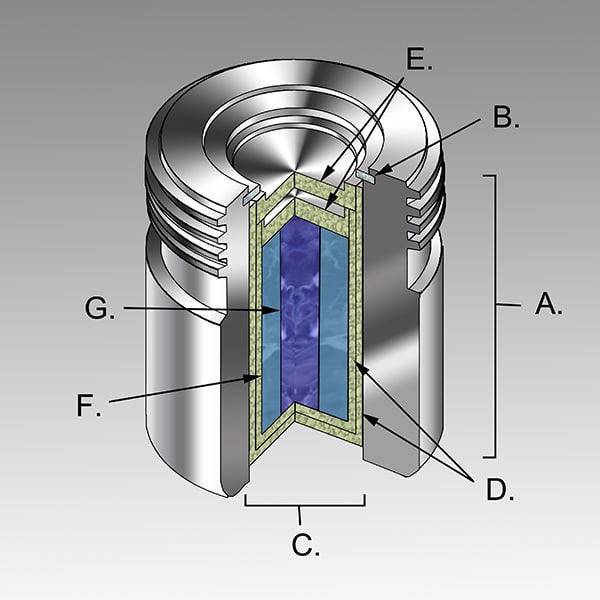Photo: SATAKORN.S/Depositphotos(Not a photo of the actual capsule.)
We don’t expect to hear much about radioactive capsules, but they continue to make the news.
In February 2023, there was a shocking loss and miraculous finding of the pea-sizedAustralian capsulefull of Caesium-137.

Photo: SATAKORN.S/Depositphotos(Not a photo of the actual capsule.)
In 1962, a 10-year-old boy discovered a capsule containing highly dangerous cobalt-60 near Mexico City.
This largely forgotten tale highlights the dangers of losing radioactive material.
Reports differ on where the boy discovered the capsule.

A standard cobalt-60 capsule encased in lead, as it should be. (Photo:Wikimedia Commons,CC BY-SA 3.0)
It was a 5-Ci cobalt-60 capsule used as a source of radiation for radiography such as X-rays.
The capsule wasor eventually becameremoved from its protective lead casing.
This left the object free to spread extremely harmful radiation.
Eventually, the family began to feel ill.
They noticed their glassware was blackening, which is a sign of radiationalthough they did not know it.
The young boy died on April 29.
His mothersix months pregnant at the timedied on July 19.
The father, who was exposed to significant radiation, managed to survive.
The differing levels for certain family members likely correlated to how often they came close to the capsule.
The sad story ended in an investigation that turned up the source of the poisoning.
This is just one example of the dangers of radiation exposure.
The lasting effects of radiation can even causedamage for generations.
A standard cobalt-60 capsule encased in lead, as it should be.
Discover the Not-So-Smiley History of the Graphic Yellow Icon